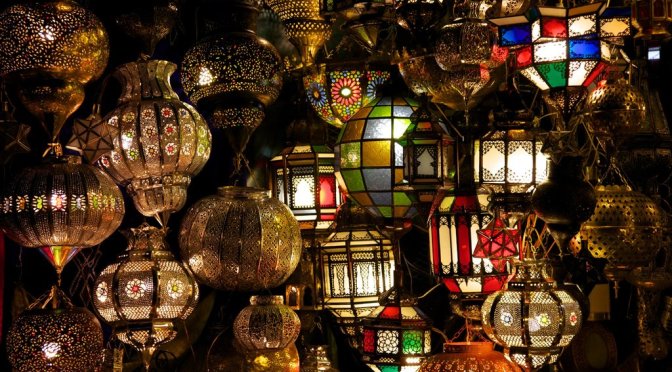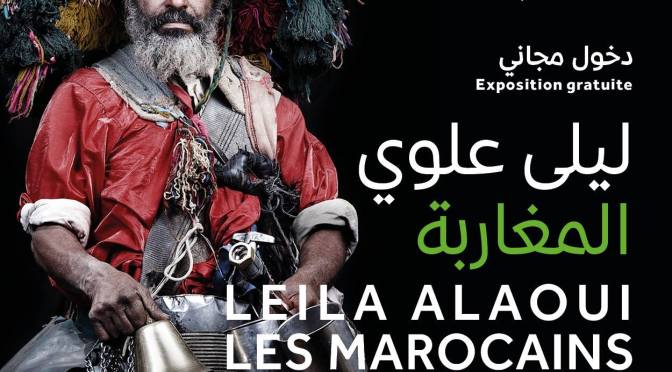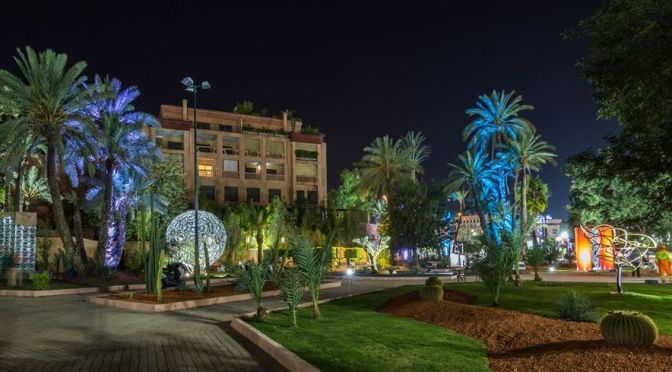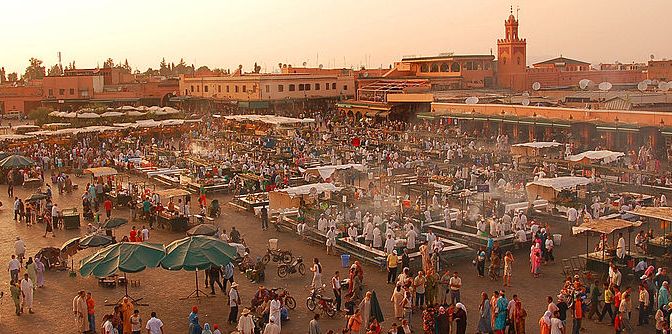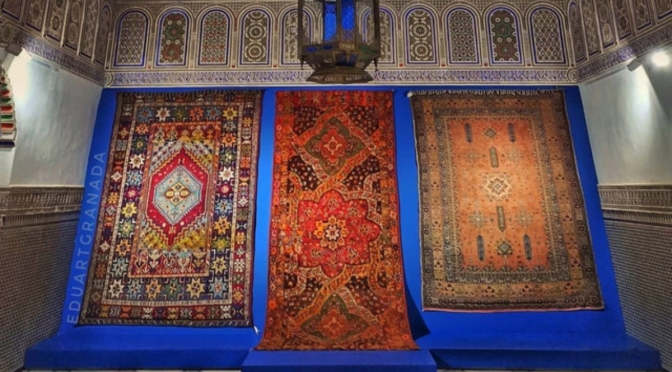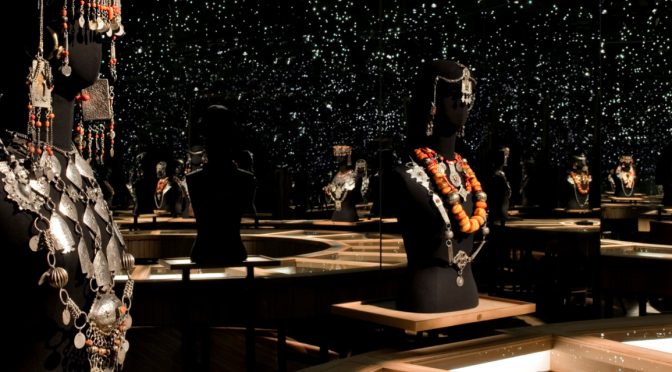The complexe artisanal is the best shopping center in Marrakech. Developed over 3 floors, this center of maroccan crafts offers items of unparalleled finesse to decorate your home. Items of exquisite fine art, home decoration, handmade carpets, jewelery, luggage, handbags and clothing, all made by Maroccan craftsmen using methods over 100 years old. Wool, silk, silver, are just a few materials used in the items.
Archivio mensile:gennaio 2019
LEILA ALAOUI – LES MAROCAINS
Still a few days to admire the beauty of this exhibition! Yves Saint Laurent Museum of Marrakech announces its fourth temporary exhibition as a tribute to a Marrakesh artist who marked his time, the photographer Leila Alaoui.
Almost three years after the disappearance of the artist in the attacks of Ouagadougou, the Yves Saint Laurent Museum of Marrakech, in partnership with the Foundation Leila Alaoui, exposes the work of the Franco-Moroccan photographer in the city where she grew up, Marrakech .
From September 30, 2018 to February 5, 2019, the Yves Saint Laurent Museum of Marrakech presents the series “Moroccans”, one of the first photographic projects of Leila Alaoui. Thirty portraits, some unpublished, made between 2010 and 2014, across the Kingdom, which echo the cultural plurality of Morocco put in the spotlight at the Berber Museum Majorelle Garden.
✔ “Moroccans” by Leila Alaoui, or the epiphany of faces
About her series of portraits, Leila Alaoui explained: “Drawing on my own heritage, I have lived in various communities and used the filter of my native Moroccan birth position to reveal, in these portraits, the subjectivity of people I photographed. “
For 4 years, she travels the country with her mobile studio, to capture all the diversity of Morocco through faces, looks and costumes. Through this work, Leila Alaoui brings a strong pictorial dimension to her photos and thus perpetuates the age-old practice of portraiture. Like the great painters of the history of art, she adopts a neutral background – black – and assumes the frontality of her angle of view.
The garment, whether colorful or banal, makes the bodies forget, revealing a real epiphany of faces. The exhibition curator, Guillaume de Sardes – writer and photographer – can only point out that, from portraits to portraits, we mainly remember faces and looks that “accompany us a long time after the museum’s exit”.
For the first time, the Majorelle Garden Foundation has reserved free access to this temporary exhibition, in order to share with the greatest number, and especially with the Marrakchis and Moroccans, the look of Leila Alaoui on her fellow citizens.
LE JARDIN DES ARTS
Inaugurated in November 2016 during COP22, the Jardin des Arts brings together, in the heart of Guéliz, the sculptures of 22 Moroccan artists; all concerned by environmental issues. This new haven of greenery, located along the Avenue Mohamed V, was designed by the Moroccan artist Mahi Binebine and BDA agency including the three art collectors passionate Messrs Gael Barrazza, Abdelmalek Kadiri and Hassan Lahrizi . Together, they take the pretext of COP 22 to bring together 22 promising artists such as Hassan Hajjaj, Abdelrim Ouazzani or Yasmina Alaoui and make them work on this theme of the environment and ecology. The BDA agency explains the approach: “In the course of a discussion about the COP22, we wondered about the means that we could implement to support the commitment of Morocco in its fight against global warming, while bringing an artistic dimension. At the initiative of Mahi Binebine, we undertook the project of rehabilitating an abandoned garden to adorn it with monumental sculptures. “
Result? 22 militant and environmentally friendly works now adorn the famous boulevard Mohamed V. “These sculptures will remain there forever, it is a legacy for future generations”.
Inaugurated for COP 22, this colorful new park is located in the Bab Nkab garden, on Avenue Mohamed V. Feel free to visit during your stay in Marrakech … Especially at night! The lights are magic!
Free access
JAMAA EL FNA SQUARE
Think of it as live-action channel-surfing: everywhere you look in the Djemaa El Fna, Marrakesh’s main square, you’ll discover drama in progress. The hoopla and halqa (street theatre) has been non-stop here ever since this plaza was the site of public executions around AD 1050 – hence its name, which means ‘assembly of the dead’. By mid-morning the soundtrack of snake-charmer flutes has already begun, but the show doesn’t kick off until sunset when restaurants fire up their grills, cueing musicians to tune up their instruments. Unesco declared the Djemaa El Fna a ‘Masterpiece of World Heritage’ in 2001 for bringing urban legends and oral history to life nightly and although the storytellers who once performed here have since given way to acrobats, musical performers, and slapstick comedy acts, Djemaa’s nightly carnival continues to dazzle. Berber musicians strike up the music and Gnaoua troupes sing while henna tattoo artists beckon to passers by and water-sellers in fringed hats clang brass cups together, hoping to drive people to drink. This is a show you don’t want to miss and it’s a bargain too. Applause and a few dirhams ensure an encore. The square’s many eclectic exhibitions are not without a darker side though; you are very likely to see monkeys, kept in cages throughout the day, led around on chains for entertainment, and some of the practices of the plaza’s snake charmers are ethically questionable, to say the least. While wandering around the Djemaa at any time of day stay alert to cars, motorbikes and horse-drawn-carriage traffic, which whiz around the perimeter of the plaza. Also be on guard against pickpockets and rogue gropers who are known to work the crowds particularly after sunset. To nab prime seats on makeshift stools (women and elders get preference) around musician circles, arrive early in the evening.
DAR SI SAID – NATIONAL MUSEUM OF WEAVING AND CARPETS
Located in the heart of the Medina of Marrakech, the National Museum of Weaving and Carpets Dar Si Said, is a true jewel of Arab Andalusian architecture of nineteenth Century. The residence was built following the order of Said Ben Moussa, Minister of War at that time of Sultan Moulay Abdel Aziz (1894-1908). With an area of 2800 m2, the museum has accumulated since its creation in 1930 a fund of diverse, rich rare and splendid collections and important material of Moroccan culture.

photo credit @youssefsafine_ 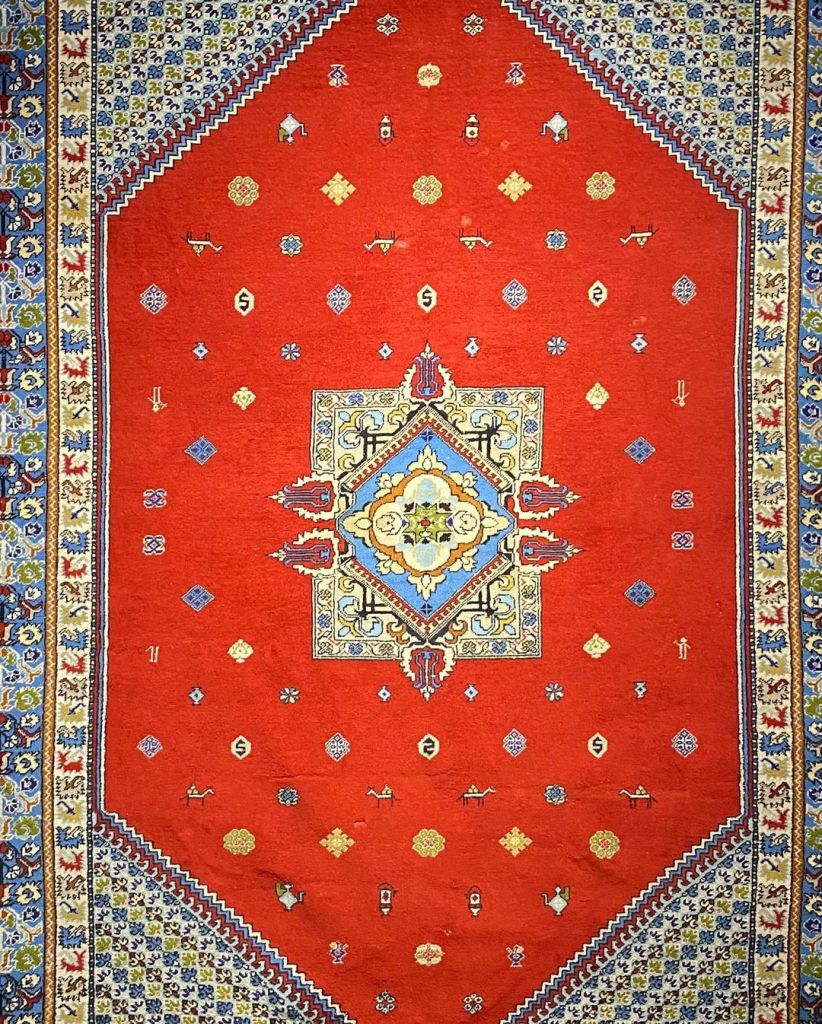
photo credit @youssefsafine_ 
photo credit @youssefsafine_ 
photo credit @youssefsafine_ 
photo credit @moroccobyme
BERBER MUSEUM OF THE MAJORELLE GARDEN
The Berber Museum, inaugurated in 2011 under the patronage of King Mohammed VI, Re is housed in the former painting studio of the artist Jacques Majorelle. It presents a panorama of the extraordinary creativity of the Berbers (Imazighen), the oldest people in North Africa. More than 600 objects, collected from the Rif al Sahara mountains by Pierre Bergé and Yves Saint Laurent, attest to the richness and diversity of this vibrant culture, which is still very much alive today.
The collection is displayed in four distinct spaces, each dedicated to a particular theme. Before entering the exhibition halls, we are presented with an overview of the history of the Berber people (Imazighen) of Morocco and a map showing the location of the main Berber tribes across the country. Audiovisual elements are used in the museum to enhance visitors’ appreciation of Berber culture.
Continua a leggere BERBER MUSEUM OF THE MAJORELLE GARDEN
